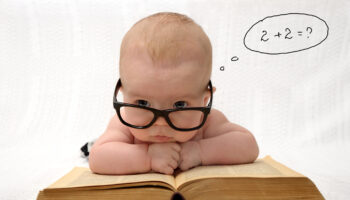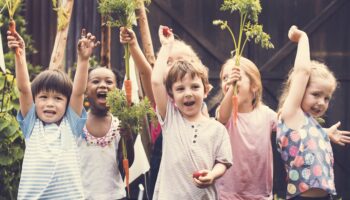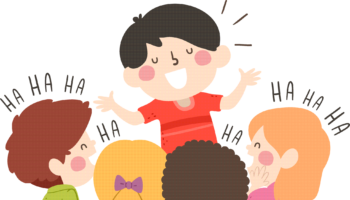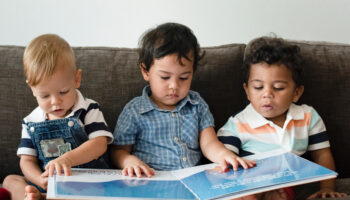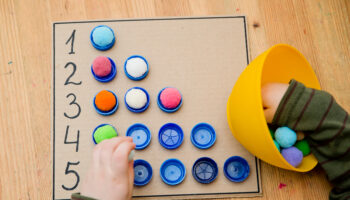by Lisa Mulliken
From toddler to preschooler, my granddaughter has amassed a sizeable collection of plastic animals including farm and jungle animals, sea creatures, dinosaurs, and insects. Throughout the years, the collection has remained her favorite and most used toy. From sharks and whales in the bathtub to a cheetah in her pocket as we go for a walk, they have been constant companions. The cheetah and a squirrel have long been her favorites. Her dinosaur collection joined us for a recent family beach trip where she lined them up in the window sills and invited aunts and cousins to join her play. She can name all of her animals and knows many of their characteristics.
Plastic animals are wonderful, open ended learning materials that lead children into creative and imaginative child led play. They are easily incorporated into play with small building toys (Magna-Tiles are a current favorite at Mimi’s house!). We spend time building homes (or castles, zoos, and ice cream stores) for her animals which leads to great conversations and new vocabulary as we discuss where animals live or she shares her knowledge of dinosaurs. Playdough is used to make animal body or foot prints and animals join her water play outside on warm, sunny days.
Here are some other fun ideas for play with plastic animals:
- Play a matching game by matching a photo or sound with the correct animal. Or line up animals and have the child close their eyes while you take one away. Guess which one is missing.
- Sort animals by similarities or differences, land or water, pet or wild animal or omnivore, carnivore or herbivore.
- Name animal body parts to introduce new vocabulary such as antennae, hooves, fins, beak, tusk.
- Turn off the light and use a flashlight to make animal shadows on a wall or take them outside on a sunny day and trace their shadows.
- Take some plastic animals with you on a zoo or farm field trip and see how many you can find.
- Use a large floor map and place animals on the continent where they live.
- Read stories or sing songs about favorite animals, using the plastic animals as props.
- Add plastic creatures to a sea life sensory bottle.
Although plastic animals are often thought of as block accessories, put them in the hands of a child and they can be so much more! So, if you are looking for toys that provide a variety of learning opportunities and can grow with children through the years, pull out those plastic animals and let the fun begin!
